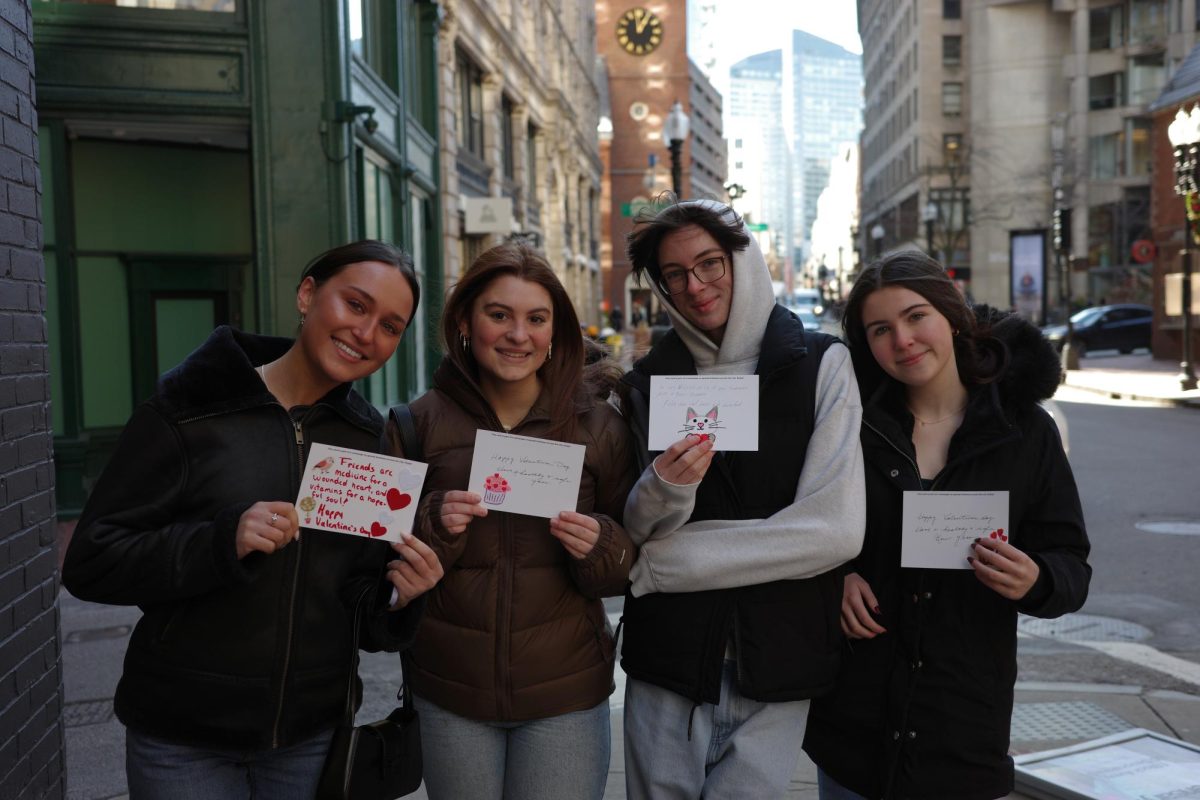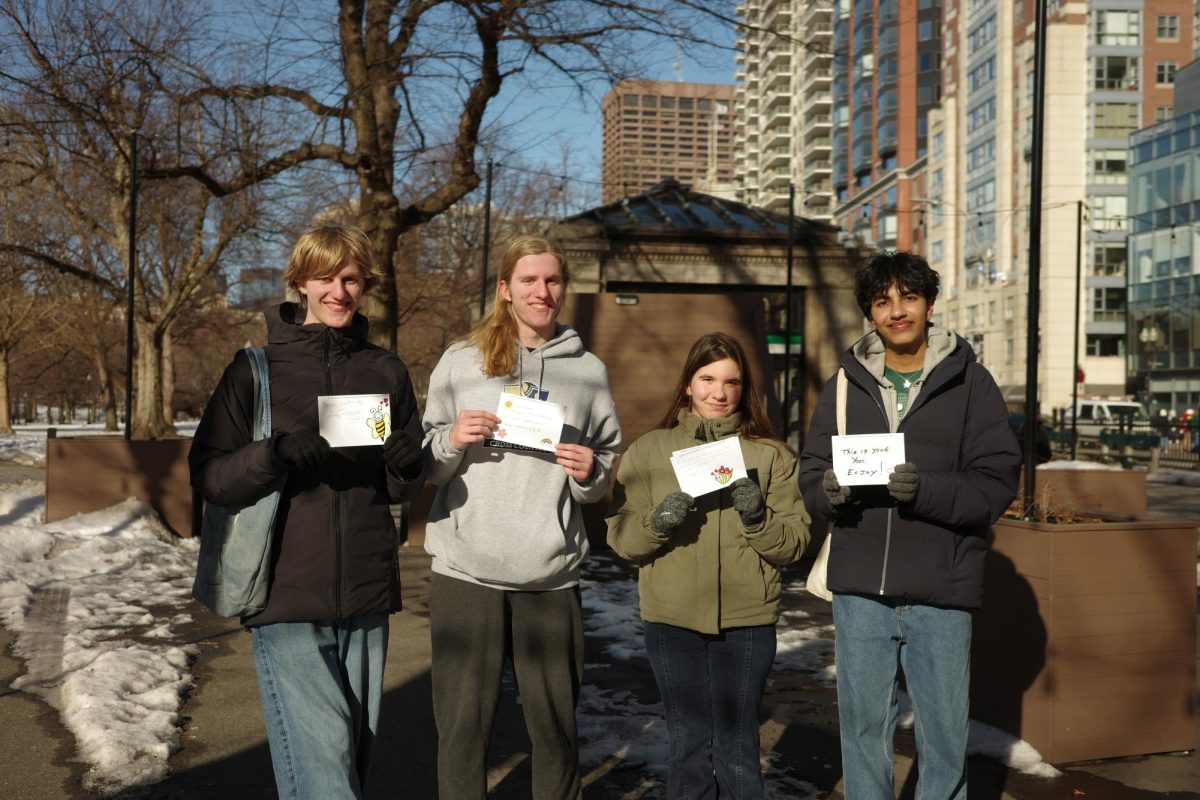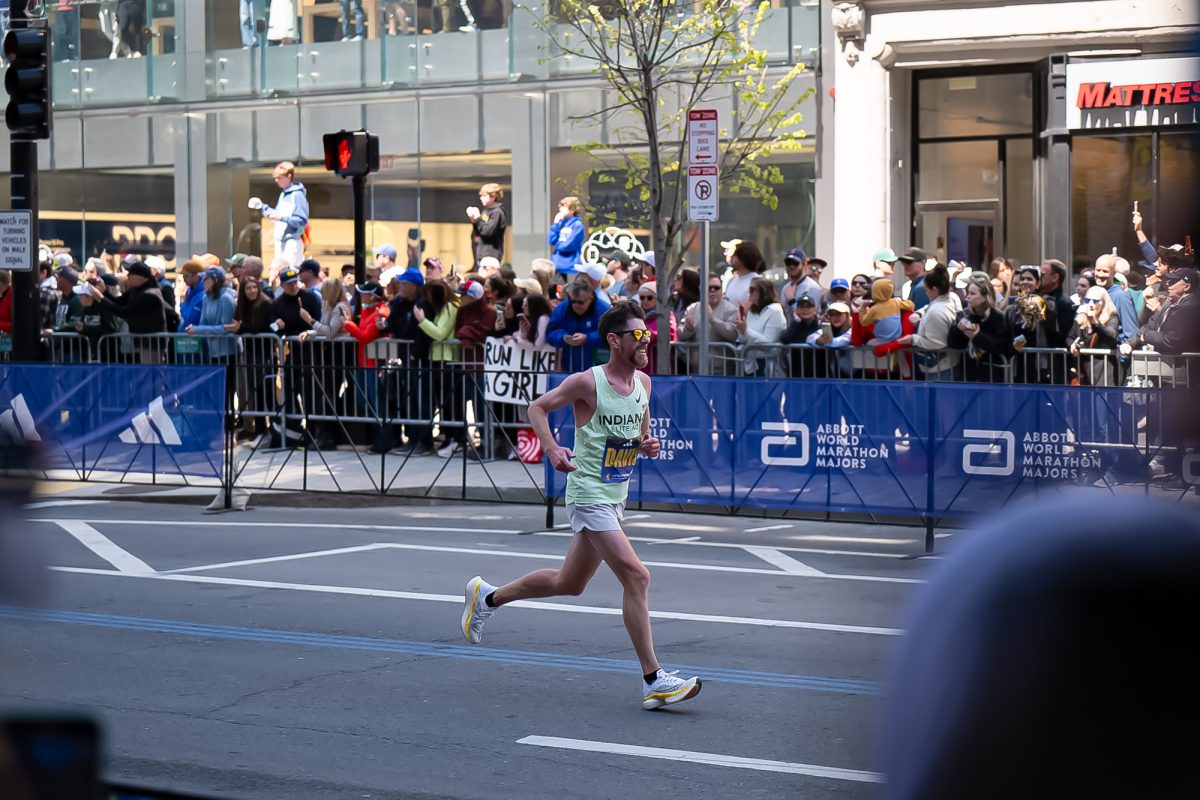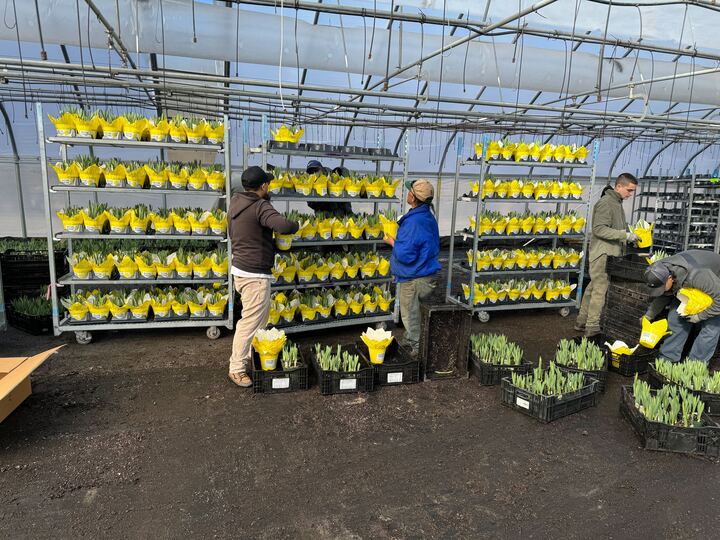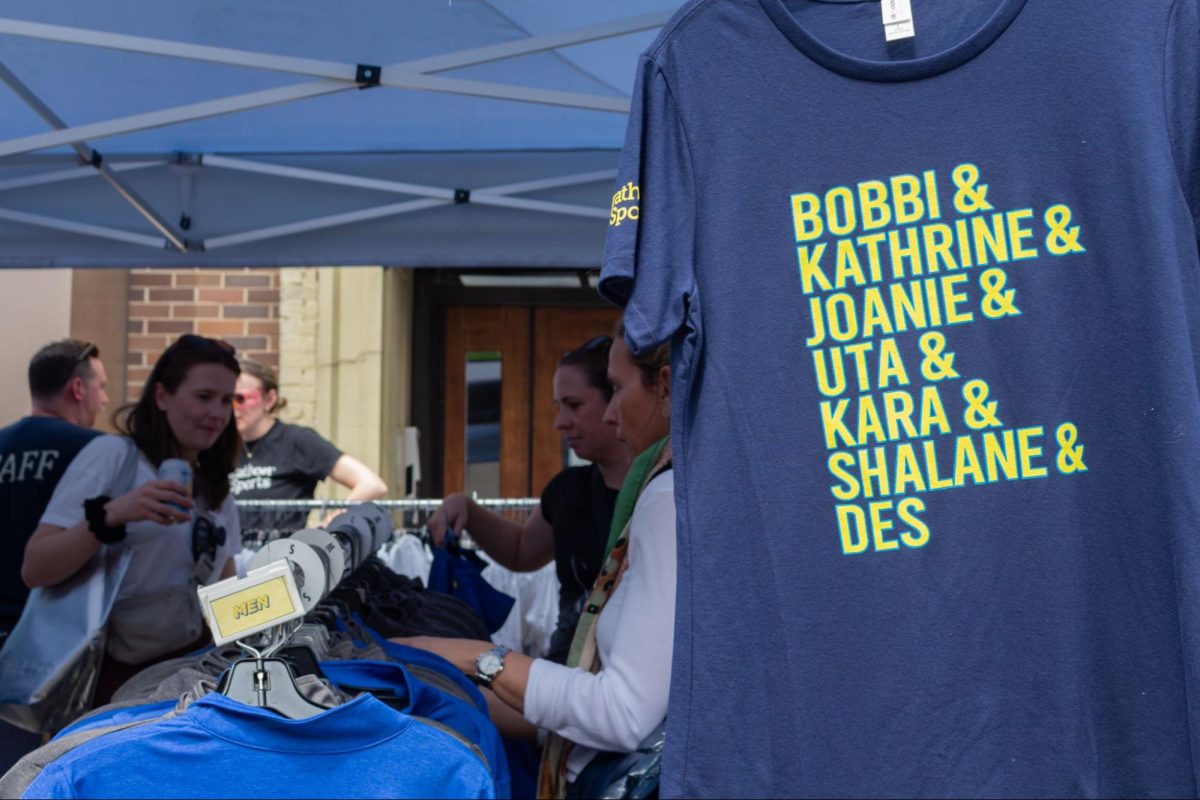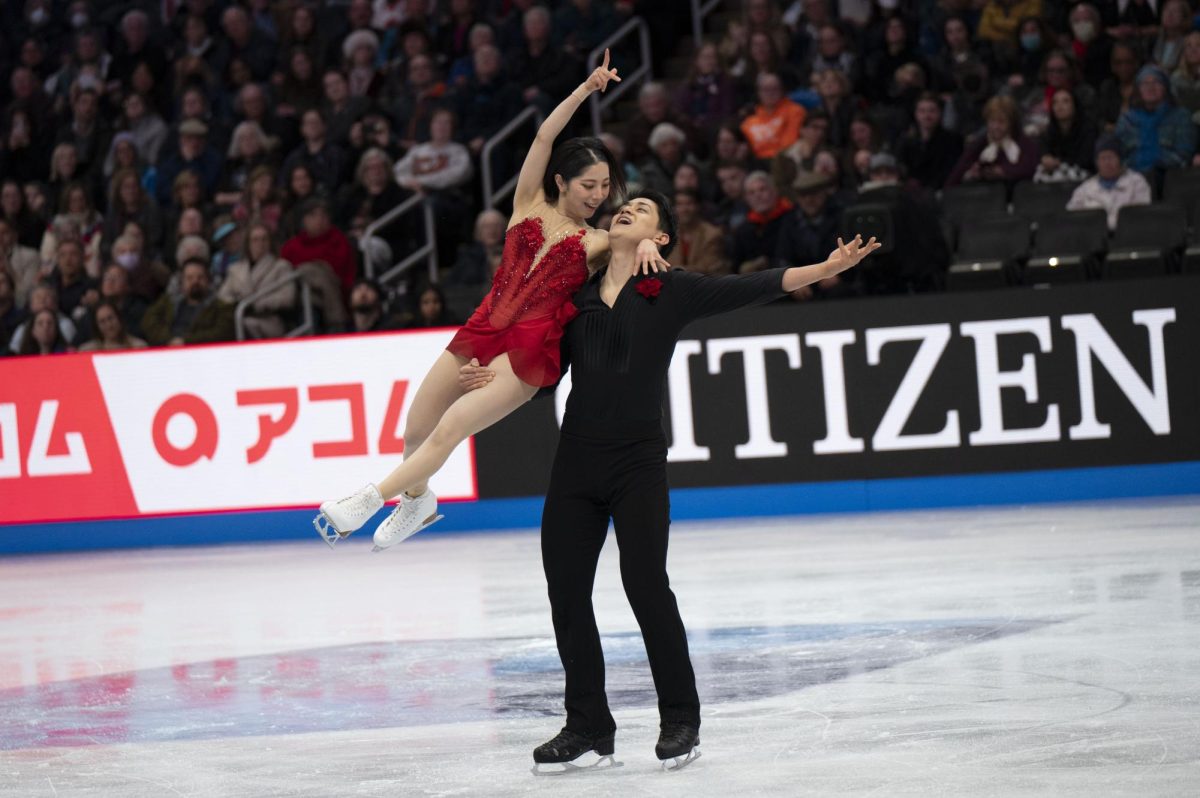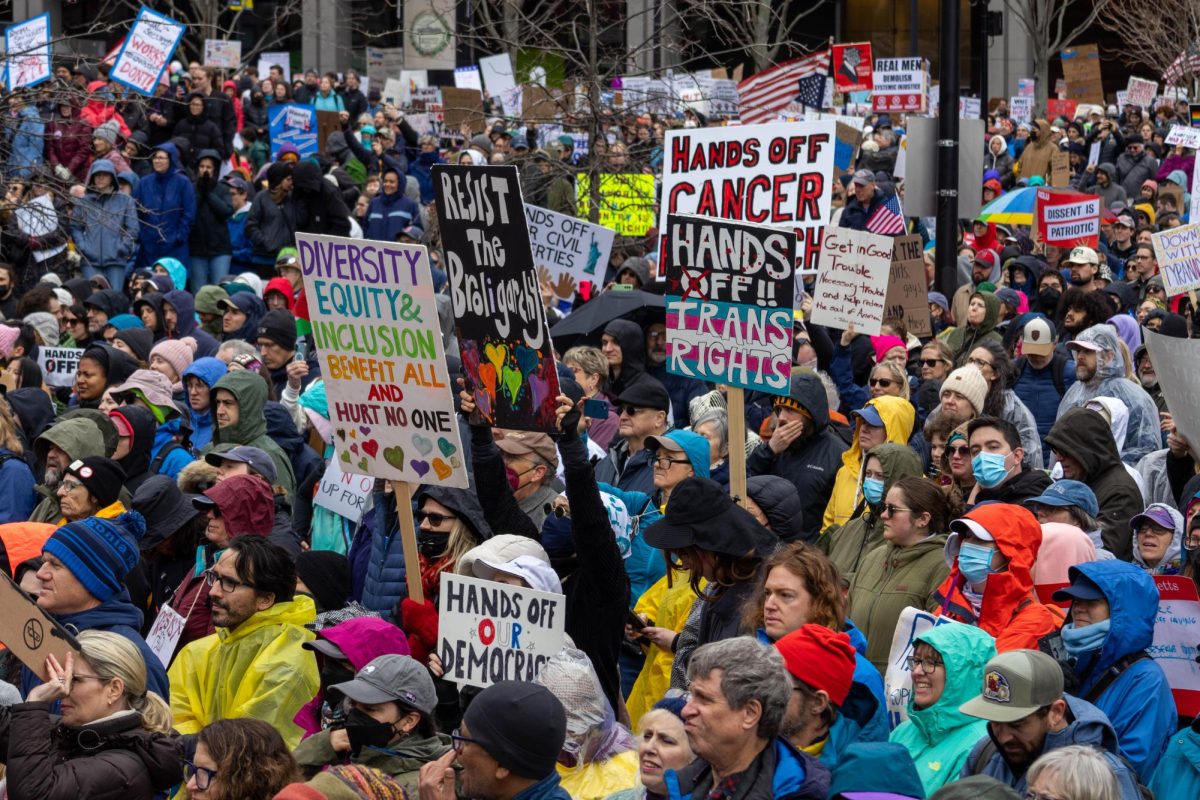The Boston community is hungry for connection — a need the nonprofit Everyday Boston hopes to satiate with a simple gesture: a Valentine’s Day card.
The seventh annual “Love Your Wicked Awesome Neighbor” Valentine’s Day challenge invited Bostonians of all ages to sit down and write a heartfelt message to another person to be collected and distributed across the city on Valentine’s Day. Signing on 99 community partners, Everyday Boston surpassed its initial goal of 5,000 cards, collecting 11,000 over the months leading up to the actual event. The public was invited to participate in the card dispersion at Boston Common, Nubain Square and Ashmont Feb. 14 in hopes of swathing each corner of the city in its positive parchment.
“Most of our partners are handing out those cards themselves, but they had card-making parties and hospitals and schools and workplaces and prisons. So all over the map,” said Cara Solomon, founder and creative director of Everyday Boston.
Bostonians’ overwhelming participation in the event highlighted a growing desire among people to feel connected within their communities.
“I think people are so hungry for it [connection] right now,” Solomon said. “There’s a lot of bad things falling out of the sky right now, and I think this is a good thing that’s falling out.”
The cards became a unifying force, offering a shared sense of empathy and understanding among givers and receivers.
When asked about the impact of the card distribution, Solomon reiterated the organization’s mission, “The idea is to spread kindness across the city. And it’s all part of our overall vision to make Boston the most connected city in America.”
Solomon’s confident ambition stems from her belief in the compounding power of small, positive interactions — what she calls weak ties — to connect neighbors across the city, weaving them into a web of unity and support.
“There is tremendous power in just a momentary connection between strangers that shifts the way you see your surroundings,” Solomon said. “There is a lot of research behind the power of weak ties. They’re called weak ties but I think they’re really strong ties.”


